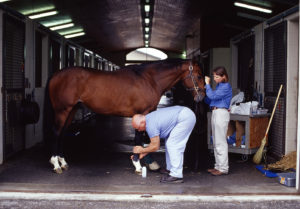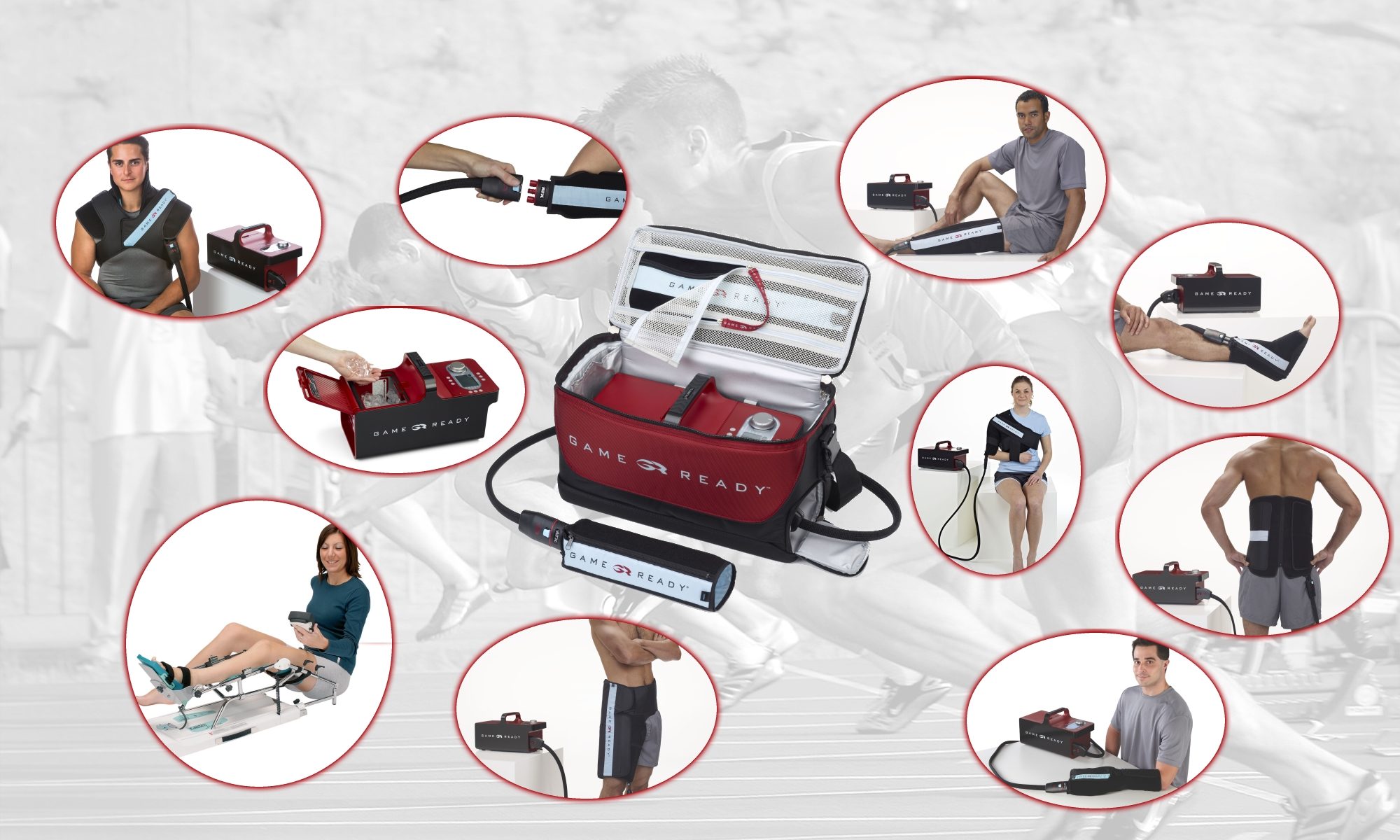What happens when your horse sustains a musculoskeletal injury?

When your horse suffers a musculoskeletal injury or undergoes surgery, the healthy cells of the involved ligaments, muscles, tendons, bone, blood vessels, nerves, or other soft tissues sustain “primary traumatic damage.” Your horse’s initial reaction to an acute injury is inflammation. The accompanying pain results from actual damage to the nerves as well as pressure on healthy nerves exerted by the hematoma (local blood accumulation). Therefore, the first step to recovery is to reduce inflammation in the affected region.
Faster healing can be hindered by a double-whammy

After the primary traumatic damage, your horse’s job of resolving the hematoma and rebuilding tissue can be complicated by “secondary hypoxic injury” when decreased and impaired blood flow chokes healthy tissues surrounding the injury site of oxygen. As more cells are damaged and die, more fluids can be drawn out of your blood vessels, leading to additional swelling and a cycle that can slow your recovery.
Game Ready treatment options >>>
Active compression and cold therapy to the rescue
When administered properly, RICE (Rest, Ice, Compression, Elevation) can reduce the total amount of cell destruction, tissue damage, swelling (edema), muscle spasm, and pain—thus reducing the potential severity of the injury and enabling quicker recovery.
The Game Ready System takes the hard work out of RICE treatment by the hands-free application of Active Compression (a measured and controlled compression program) and dry cold (unique dual chamber wraps designed to reduce outer tissue damage during treatment).
Game Ready Product Options >>>


